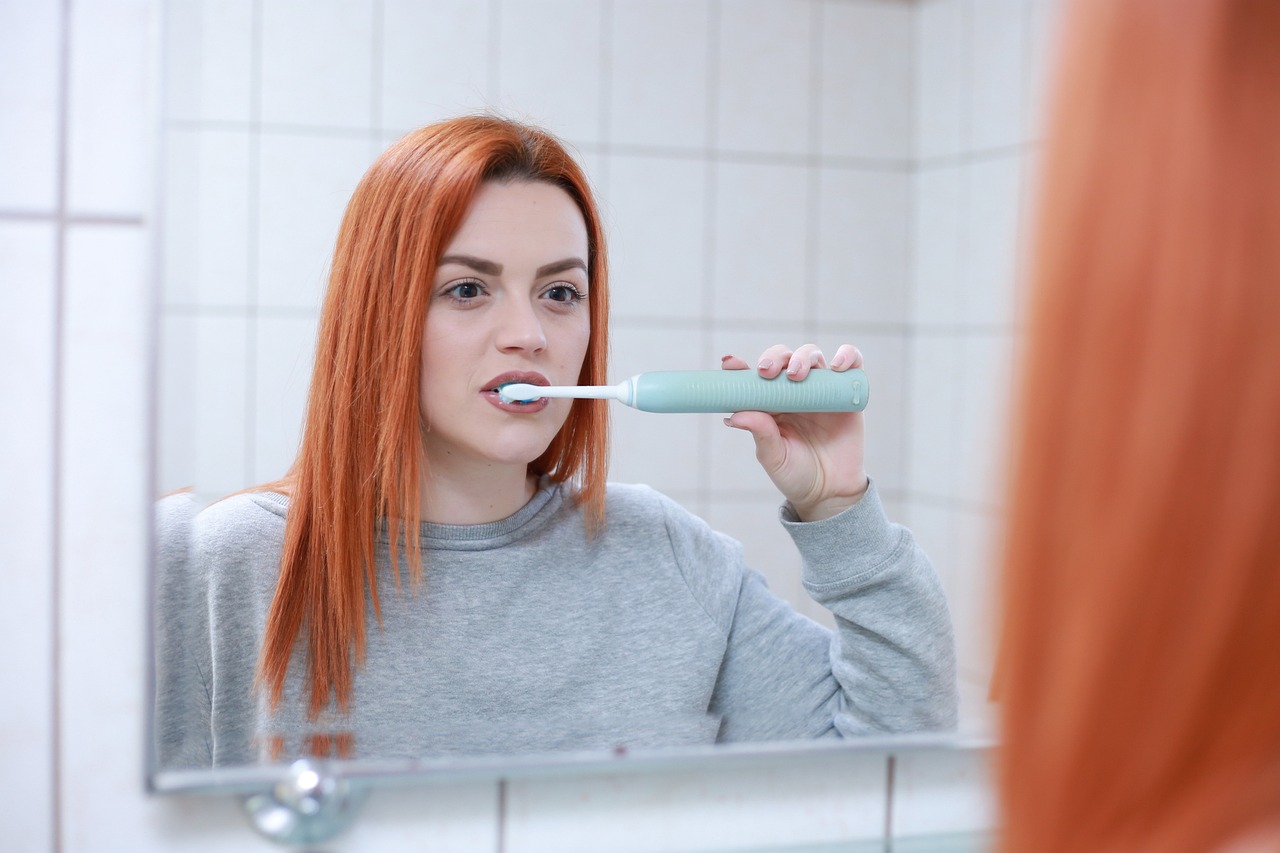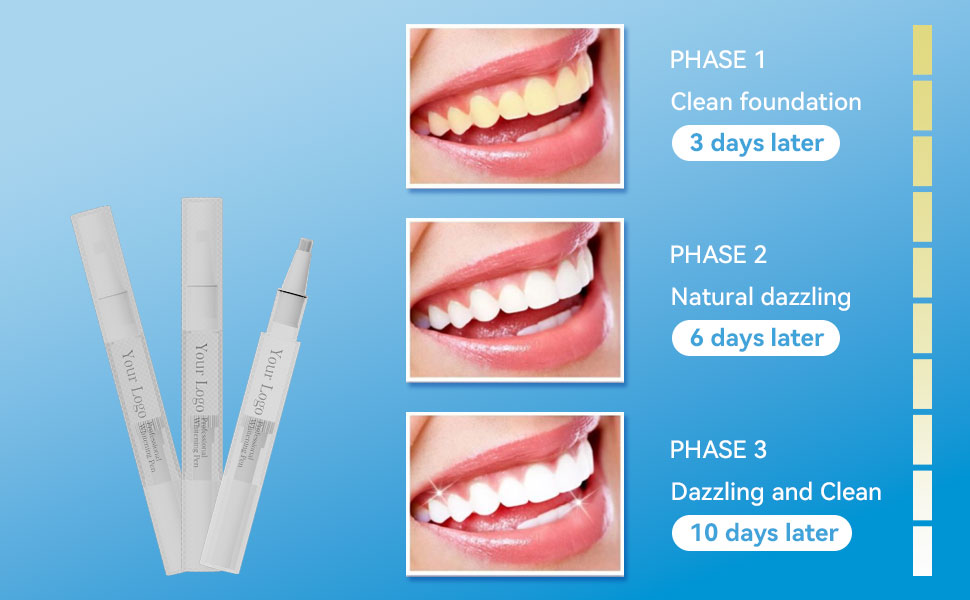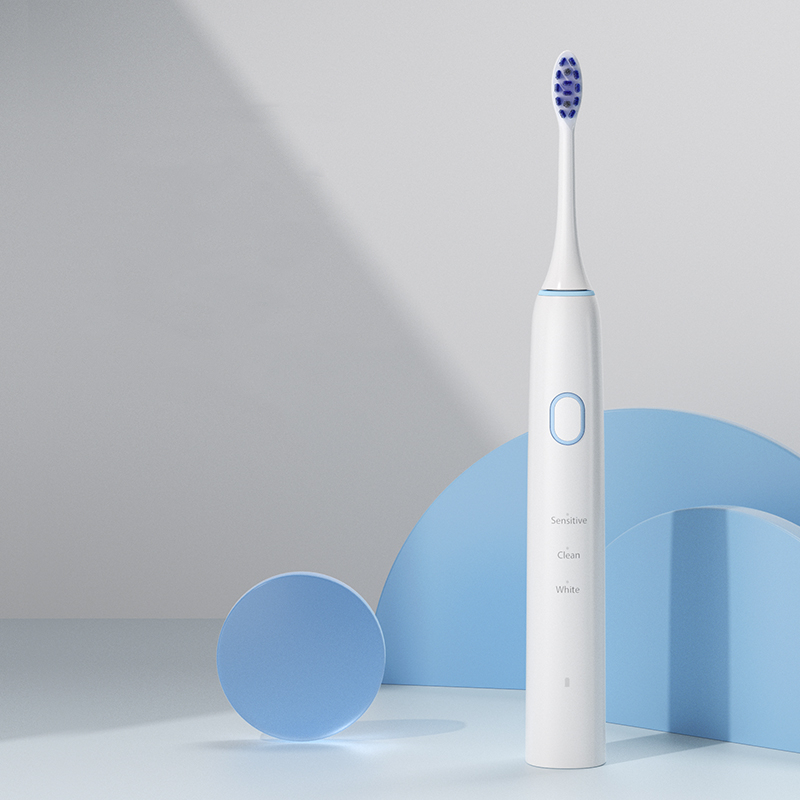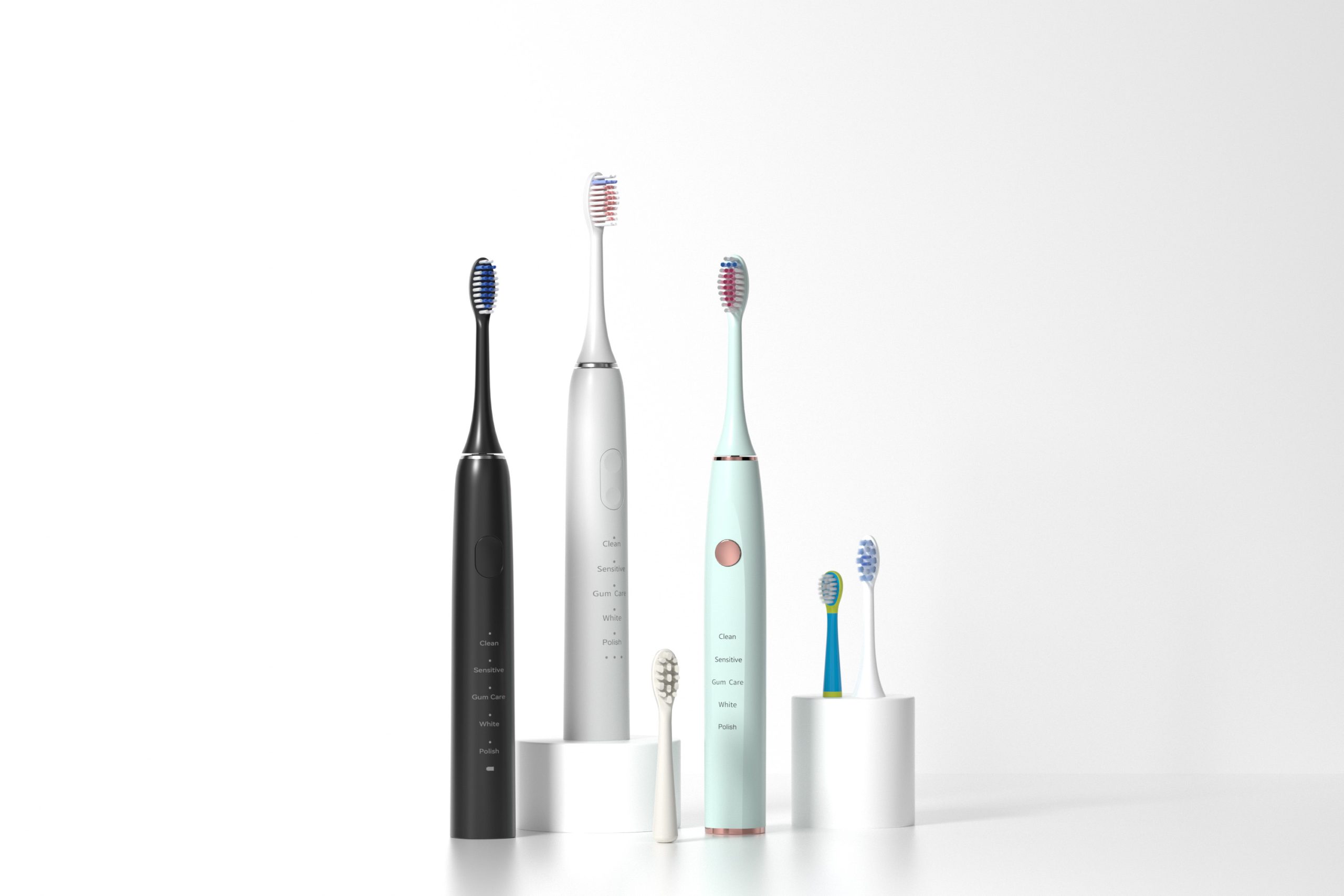In modern oral care device usage, reports of occlusal discomfort combined with unexpected salivary alteration are becoming more frequent. While seemingly unrelated, these two symptoms may indicate a serious underlying design flaw in oral care systems. From water flossers to electric toothbrushes, understanding whether this combination is an isolated irritation or an alarming trend is essential for manufacturers seeking to uphold product safety and comfort.
Occlusal discomfort refers to pain or pressure sensations in the bite zone (occlusal surfaces) following device use. In oral care products, this can result from:
While often mistaken for user error, device design directly contributes to discomfort during repeated use.
Salivary alteration describes changes in:
Such changes can stem from:
Changes in saliva composition not only cause discomfort but can affect oral health long-term. Company web:https://www.powsmart.com/product/electric-toothbrush/
Surprisingly, yes. Recent studies indicate:
Thus, poorly engineered oral care devices might inadvertently create a multi-symptom problem.
To avoid causing occlusal discomfort paired with salivary alteration, manufacturers should assess:
Even small design oversights can create compound sensory effects in end-users.
Manufacturers can address this problem through:
These improvements ensure devices operate without compromising bite comfort or salivary health.
For B2B procurement and brand partnerships:
Prioritizing user comfort and salivary safety strengthens both brand integrity and commercial outcomes.
Are occlusal discomfort and salivary alteration alarming? From a manufacturer’s standpoint, absolutely. These combined symptoms signal multi-system overstimulation likely rooted in design or material flaws. By addressing both mechanical and chemical factors, manufacturers can protect user health and elevate product standards. Contact us
.jpg)
.jpg)
.jpg)
OEM electric toothbrush manufacturer

The Advantages and Current Usage of Electric Toothbrushes’ cleaning efficincy
.jpg)
Wholesale electric toothbrush USA
Wholesale electric toothbrush supplier New York
.jpg)
Best Electric Toothbrush With Pressure Sensor in Houston?
Occlusal Interference Plus Jaw Fatigue – Design Flaw?
.jpg)
Ergonomic Design in Electric Toothbrushes: OEM Best Practices
.jpg)
OEM electric toothbrush factory California
Electric toothbrush wholesale Florida

What is LED Teeth Whitening Kit and Usage Guide
.jpg)
Private label electric toothbrush Texas
.jpg)
Why choose a US toothbrush distributor for ADA toothbrush compliance?

USA custom electric toothbrush manufacturer
.jpg)
How RV long-life battery defines RV power toothbrush reliability

sonic electric toothbrush USA

How a Seattle sustainable toothbrush meets the Seattle tech toothbrush

electric toothbrush heads Ultra Soft

electric toothbrush heads Deep Clean

Electric toothbrush heads Charcoal Infused-Diamond

electric toothbrush heads Regular Clean
.jpg)
Florida Electric Toothbrush – Powsmart PTR-C8

electric toothbrush heads Charcoal Infuse-Round

Customization Teeth Whitening Gel

Private Label Whitening Gel
whstapp
whstapp
National Toll-Free Service Hotline
+86 755 86238638